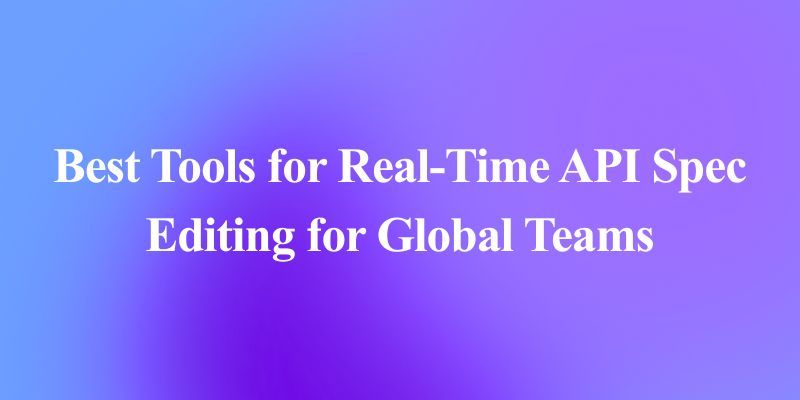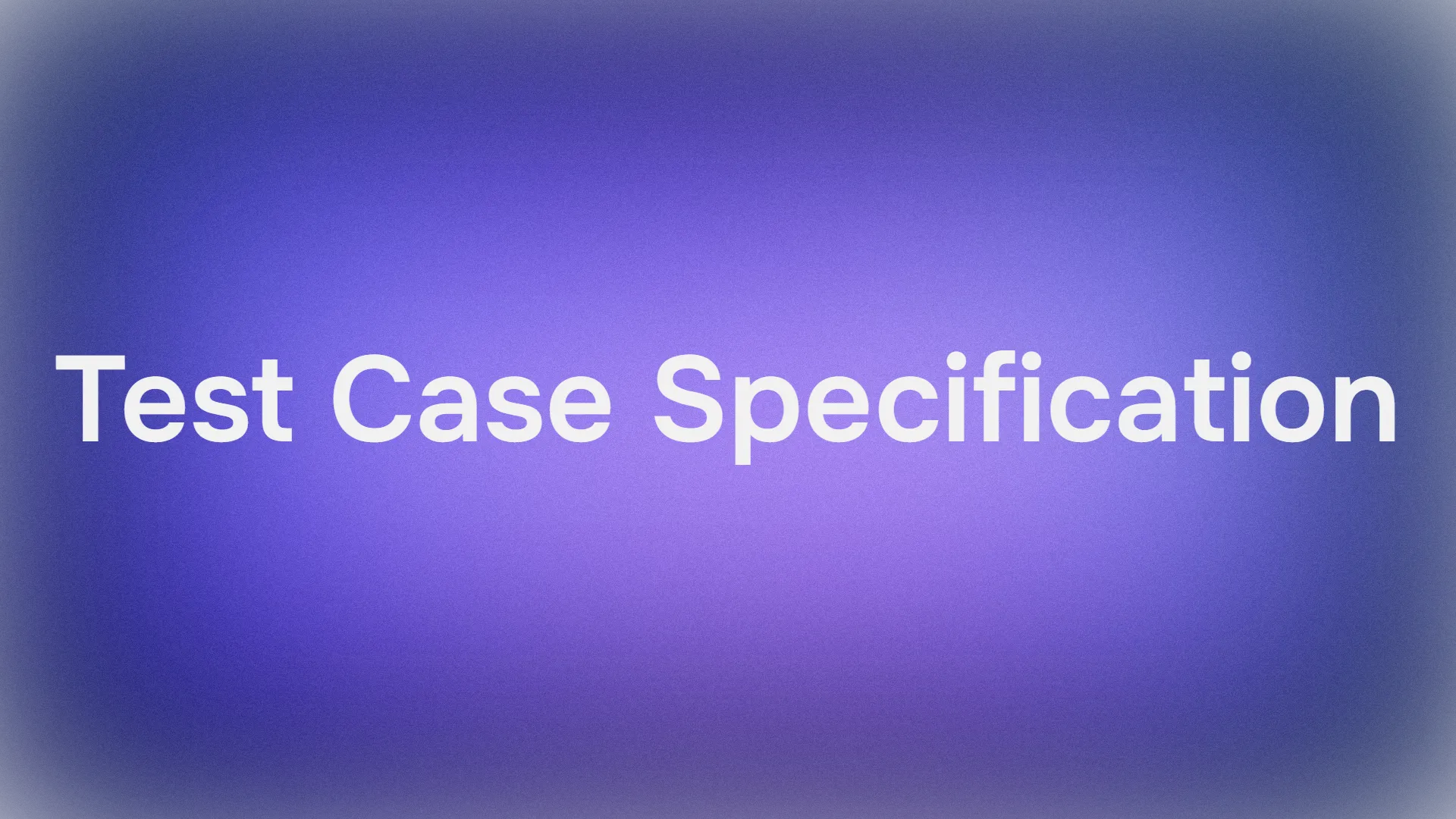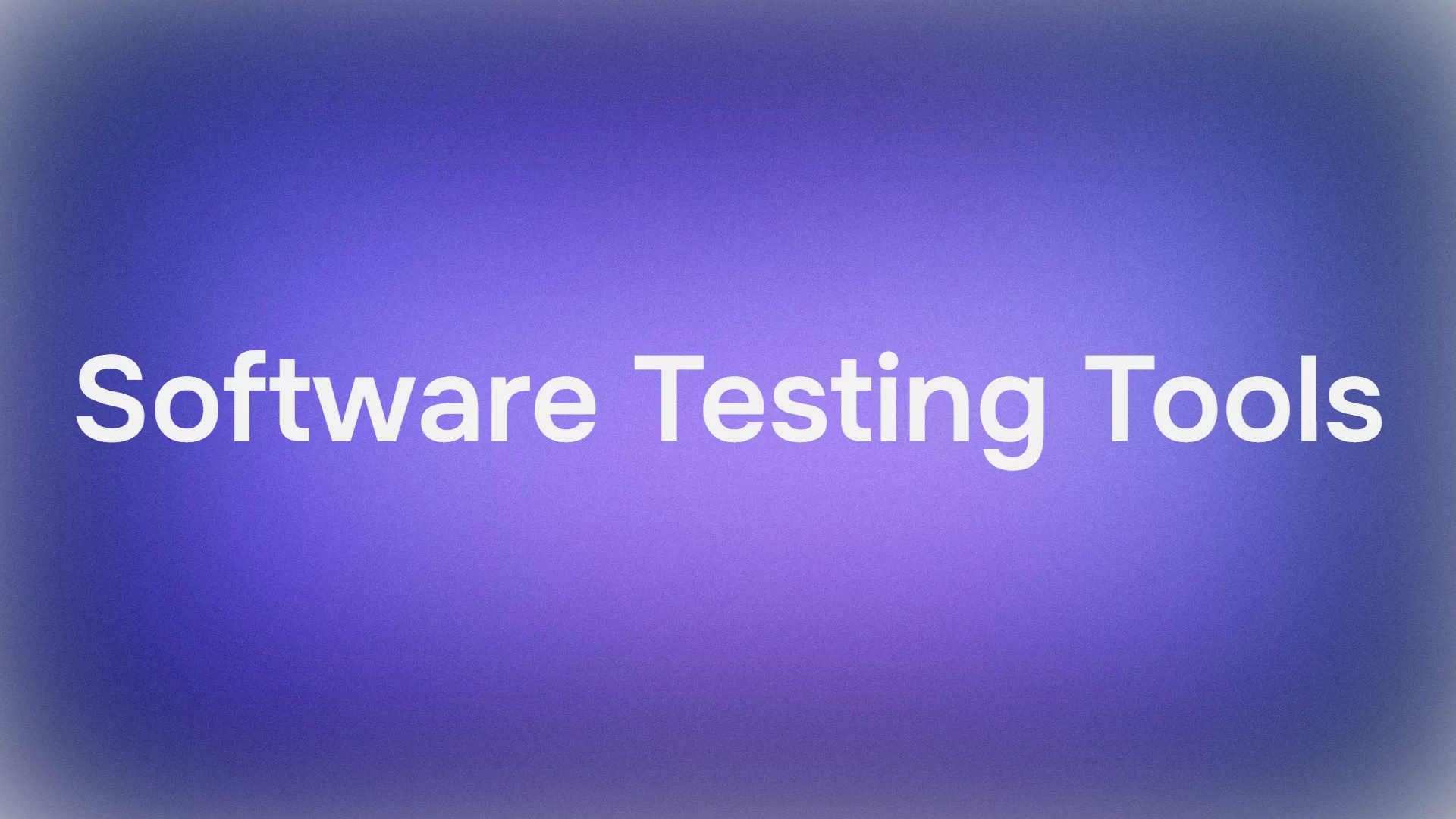In the rapidly evolving landscape of AI-assisted development, Grok 3 has emerged as one of the most powerful models available. Thanks to OpenRouter's integration, developers can now access this cutting-edge model across various popular coding IDEs without a direct xAI subscription. This guide will walk you through the process of setting up and using Grok 3 for free across three popular AI-powered coding environments: Cursor and Cline.
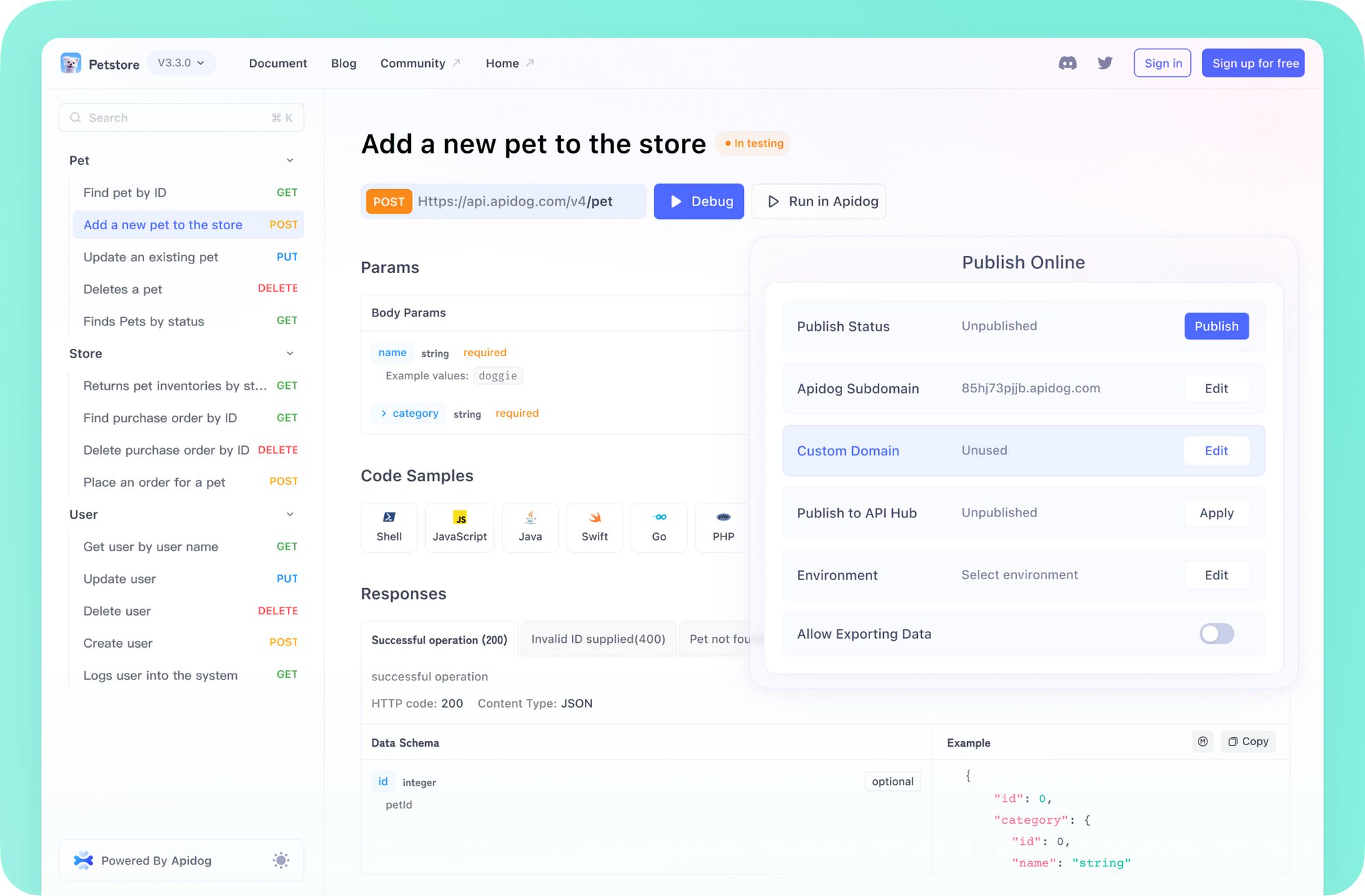
Introduction to Grok 3 Beta and Grok 3 mini Beta
Grok 3, released by xAI in February 2025, represents a significant advancement in AI capabilities, particularly for coding and technical tasks. As an autonomous reasoning agent, it offers superior performance in complex problem-solving, code generation, and technical analysis compared to many competitors.
Before diving into the setup process, let's understand what makes Grok 3 special and why it's worth integrating into your development workflow.
Grok 3 and Grok Mini Benchmarks
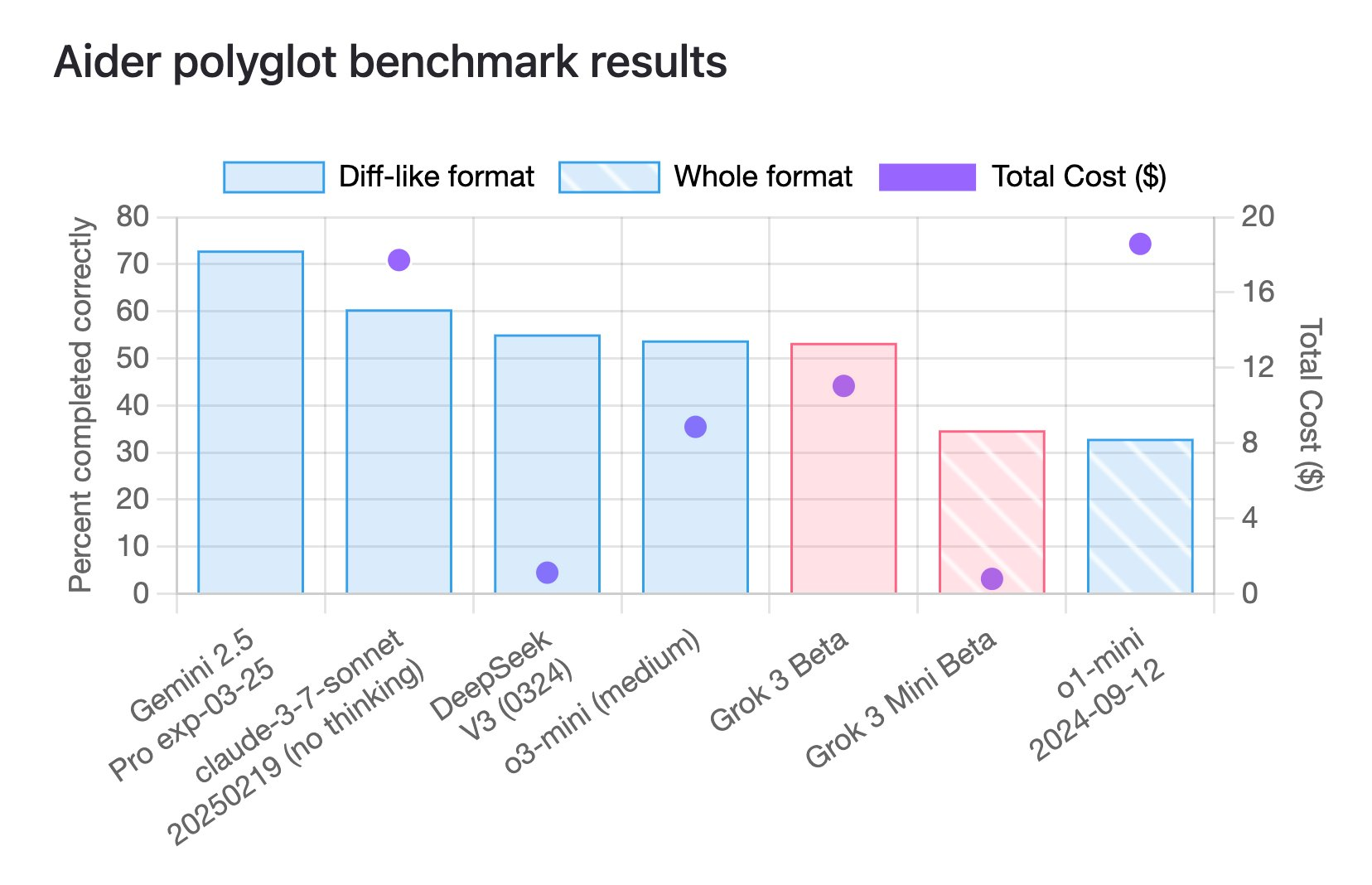
Grok 3 has demonstrated impressive performance metrics across various benchmarks. According to xAI's official release, Grok 3 achieved an Elo score of 1402 in chatbot arena evaluations, placing it among the top-performing models.
In technical domains, Grok 3 excels particularly in:
- Mathematics: Achieving over 90% on complex mathematical problems, including AIME challenges
- Coding: Scoring 80.4% on LiveCodeBench, outperforming many competitors
- Reasoning: Demonstrating superior performance in multi-step problem-solving tasks
Grok 3 Mini, the smaller variant, is optimized for cost-efficient reasoning. Despite its reduced size, it achieves 95.8% on AIME 2024 and 80.4% on LiveCodeBench, making it an excellent choice for developers seeking efficiency without compromising too much on performance. The Mini variant is particularly well-suited for STEM tasks and coding challenges, striking an excellent balance between cost and capability.
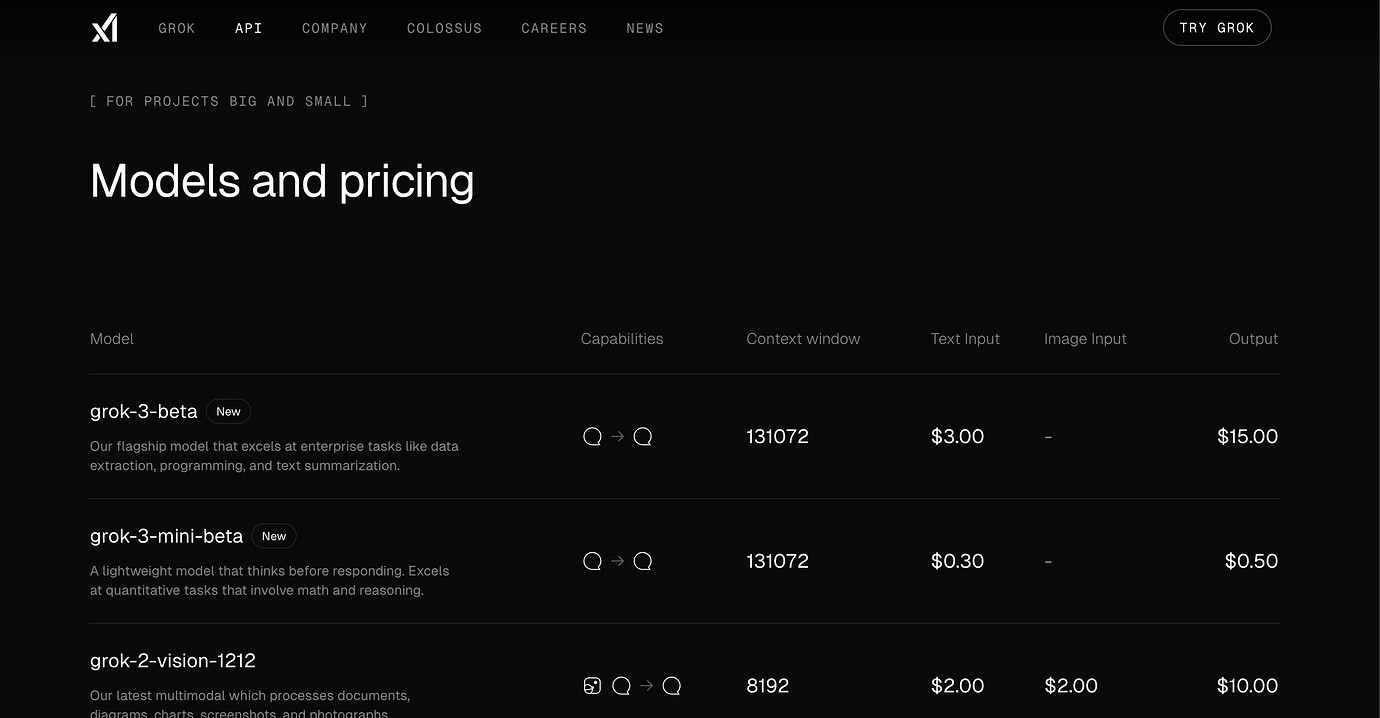
Both models excel at coding tasks, making them valuable tools for professional developers and coding enthusiasts alike. Now, let's explore how to leverage these powerful models for free using OpenRouter's API integration with three popular coding environments.
OpenRouter: Your Gateway to Grok 3
OpenRouter serves as an API aggregator, allowing access to multiple AI models through a single API endpoint. The platform offers credits that can be applied to various models, including Grok 3. For new users, OpenRouter provides free credits that can be used to try out Grok 3 without any upfront cost.
To get started with OpenRouter:
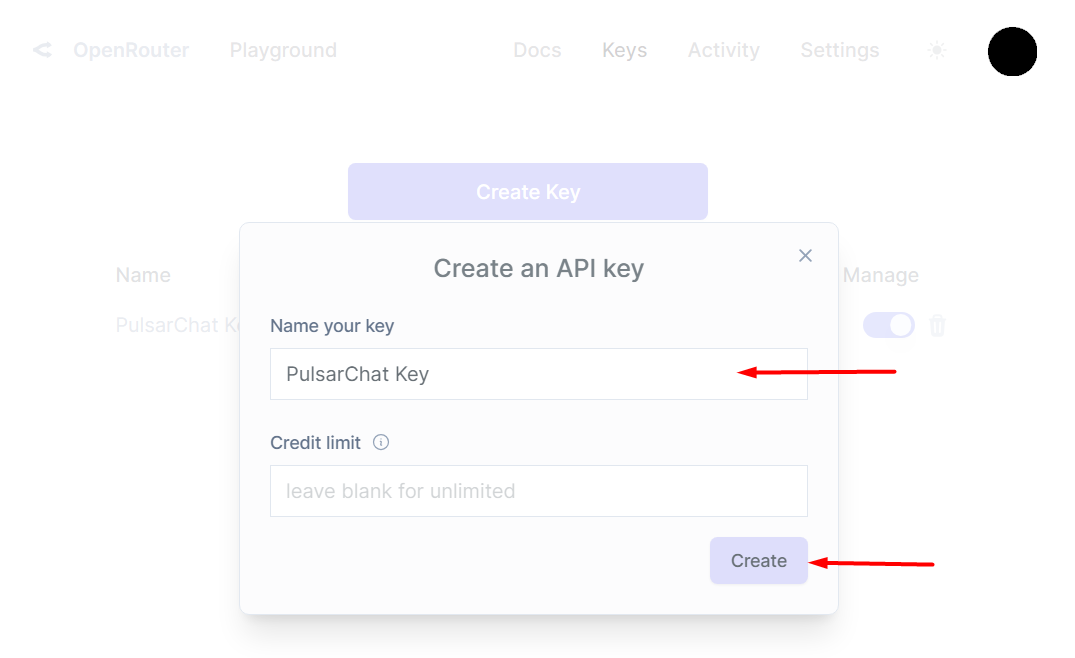
- Visit OpenRouter.ai and create an account
- Navigate to the settings page to generate an API key
- Note your API key, as you'll need it to configure your IDE
With your OpenRouter account set up, you're ready to integrate Grok 3 into your preferred coding environment.
Setting Up Cursor IDE with Grok 3
Cursor is a popular AI-powered code editor built on VS Code that offers seamless integration with various AI models. Here's how to set up Cursor to use Grok 3 via OpenRouter:
Step 1: Install Cursor IDE
- Visit cursor.com and download the latest version for your operating system
- Install and launch the application
- Sign in or create a Cursor account
Step 2: Configure OpenRouter API in Cursor
- Open Cursor and click on the gear icon in the bottom left corner to access Settings
- In the search bar, type "AI" to filter settings related to AI features
- Find the "OpenAI API Key" section
- Enter your OpenRouter API key in this field
- Save your settings
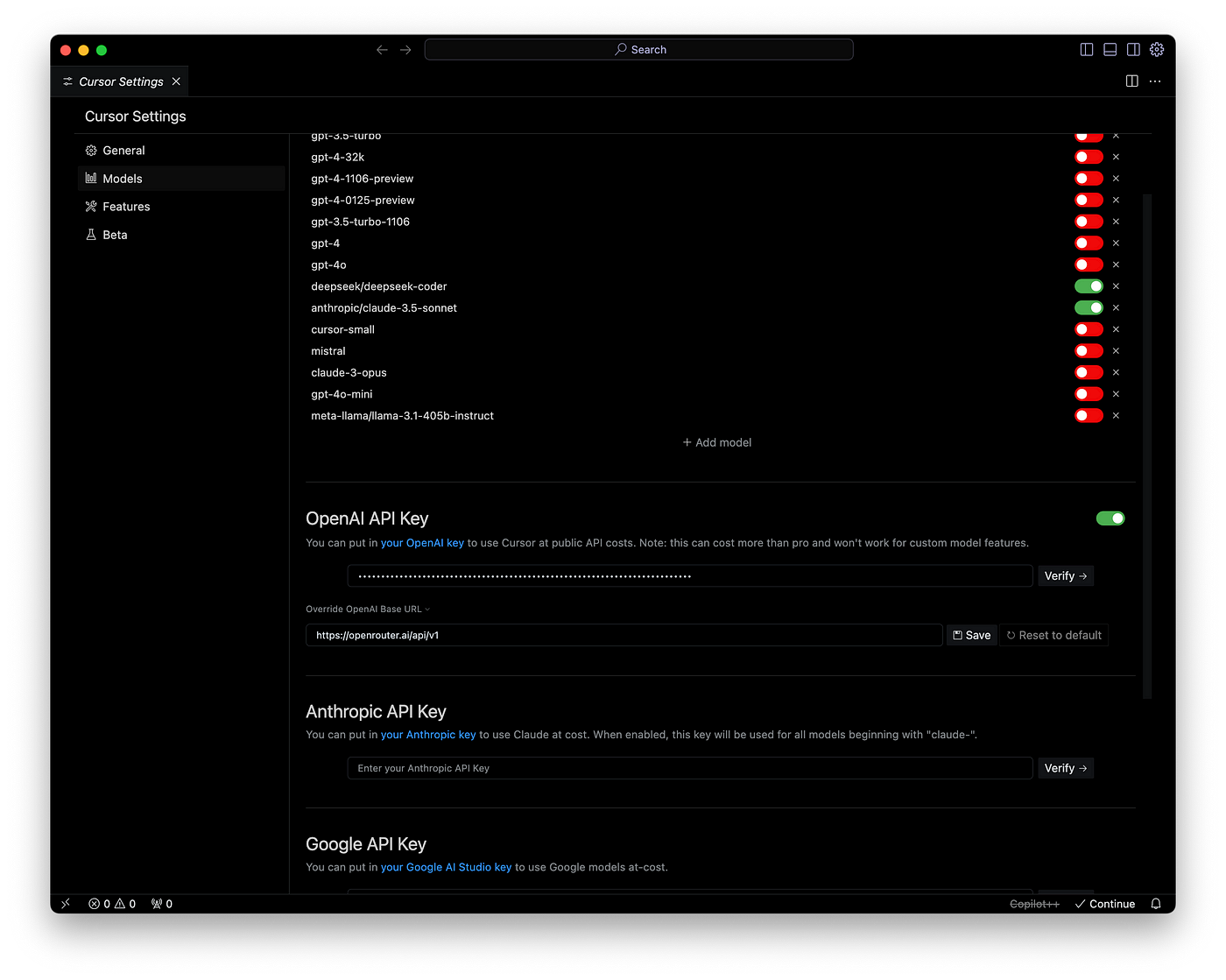
Step 3: Configure Grok 3 Model
- Open the Command Palette (Cmd/Ctrl + Shift + P)
- Type "Configure AI Models" and select the option
- In the models configuration, add a new model with the following details:
- Name: Grok 3
- Model ID: x-ai/grok-3
- Base URL: https://openrouter.ai/api/v1
- When prompted about context limits, set it to 100,000 tokens
Step 4: Set Grok 3 as Default Model
- Open the Command Palette again
- Type "Set Default AI Model" and select it
- Choose "Grok 3" from the list of available models
Step 5: Verify Configuration
- Open or create a code file
- Press Ctrl+K to open the AI prompt panel
- Type a coding-related question or request
- If everything is set up correctly, Cursor will use Grok 3 through OpenRouter to generate a response
Cursor also provides a chat interface where you can directly interact with Grok 3 for more complex discussions and problem-solving sessions. Access it via the chat icon in the sidebar or by pressing Alt+L.
Setting Up Cline with Grok 3
Cline is an autonomous coding agent that integrates directly into Visual Studio Code, offering advanced capabilities for file editing, command execution, and browser interaction. Here's how to set up Cline with Grok 3:
Step 1: Install Cline Extension
- Open Visual Studio Code
- Navigate to the Extensions marketplace (Ctrl+Shift+X)
- Search for "Cline"
- Click "Install" on the Cline extension by Saoud Rizwan
Step 2: Configure OpenRouter in Cline
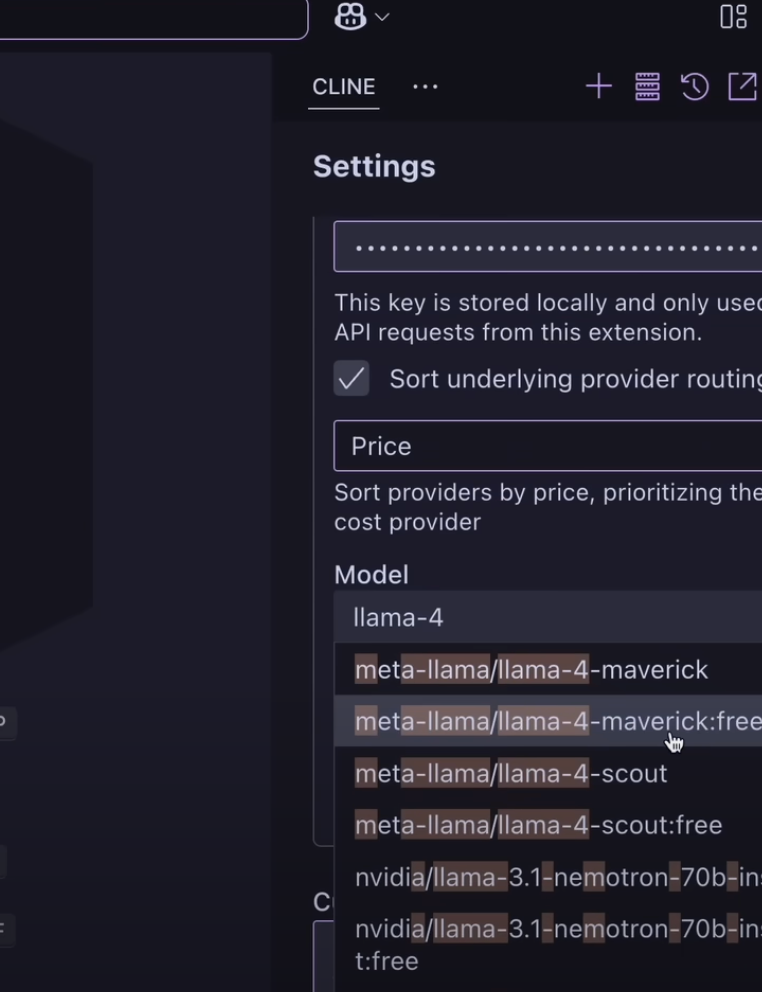
- After installation, click on the Cline icon in the activity bar (left side of VS Code)
- Click on "Configure API Provider" or open the command palette (Ctrl+Shift+P) and type "Cline: Configure API Provider"
- Select "OpenRouter" from the list of providers
- Enter your OpenRouter API key when prompted
- Click "Save" to apply the configuration
Step 3: Select Grok 3 as Your Model
- Open Cline's interface again
- Click on the model selection dropdown at the top of the Cline panel
- Select "x-ai/grok-3" from the list of available models
- If you don't see Grok 3 listed, click "Refresh Models" to update the list
Step 4: Verify Setup
- In the Cline interface, enter a coding task in the input field
- Press Enter to submit your request
- Cline will use Grok 3 through OpenRouter to analyze your task and provide solutions
- You'll be able to see token usage and estimated cost in the interface
Step 5: Utilizing Cline's Advanced Features with Grok 3
- For complex tasks, use Cline's file creation/editing capabilities by asking it to "create a new file" or "edit [filename]"
- Approve terminal commands suggested by Cline to see Grok 3's reasoning in action
- For web development tasks, utilize Cline's browser interaction feature to test and debug applications
Cline's Model Context Protocol (MCP) feature allows Grok 3 to extend its capabilities through custom tools, making it an exceptionally powerful combination for developers.
Making the Most of Free Grok 3 Access
While OpenRouter provides free credits to get started, these credits are limited. Here are some strategies to maximize your free usage:
- Focus on complex tasks: Reserve Grok 3 for challenging problems where its reasoning capabilities provide the most value
- Consider Grok 3 Mini: For many coding tasks, the Mini variant offers excellent performance at a lower token cost
- Use efficient prompting: Be specific in your requests and provide necessary context to minimize token usage
- Monitor usage: All three IDEs provide ways to track token usage; keep an eye on this to avoid unexpected charges
- Leverage caching: Some IDEs cache recent responses, reducing the need for redundant API calls
Comparing IDE Experiences with Grok 3
Each IDE offers distinct advantages when working with Grok 3:
Cursor excels in its straightforward integration and familiar VS Code-like interface. It's ideal for developers who want minimal disruption to their existing workflow while gaining access to Grok 3's capabilities.
Cline offers the most autonomous experience, allowing Grok 3 to act as a true agent that can modify files, execute commands, and even use the browser. This makes it ideal for complex projects where multi-step reasoning and system interaction are required.
Conclusion
Integrating Grok 3 into your development workflow through OpenRouter's free credits can significantly enhance your productivity and problem-solving capabilities. Whether you prefer the familiar environment of Cursor, or the freedom of Cline, there's an option that fits your development style.
As AI models continue to evolve, the ability to leverage cutting-edge technology like Grok 3 across different environments becomes increasingly valuable. By following the steps outlined in this guide, you can experience the power of one of the most advanced coding AI models available today without the need for a direct subscription.
Remember that while the initial credits are free, continued usage will require purchasing additional credits through OpenRouter. However, the productivity gains and learning opportunities provided by working with Grok 3 make it a worthwhile investment for many developers.
Start exploring Grok 3's capabilities today and discover how it can transform your coding experience across these powerful development environments.


